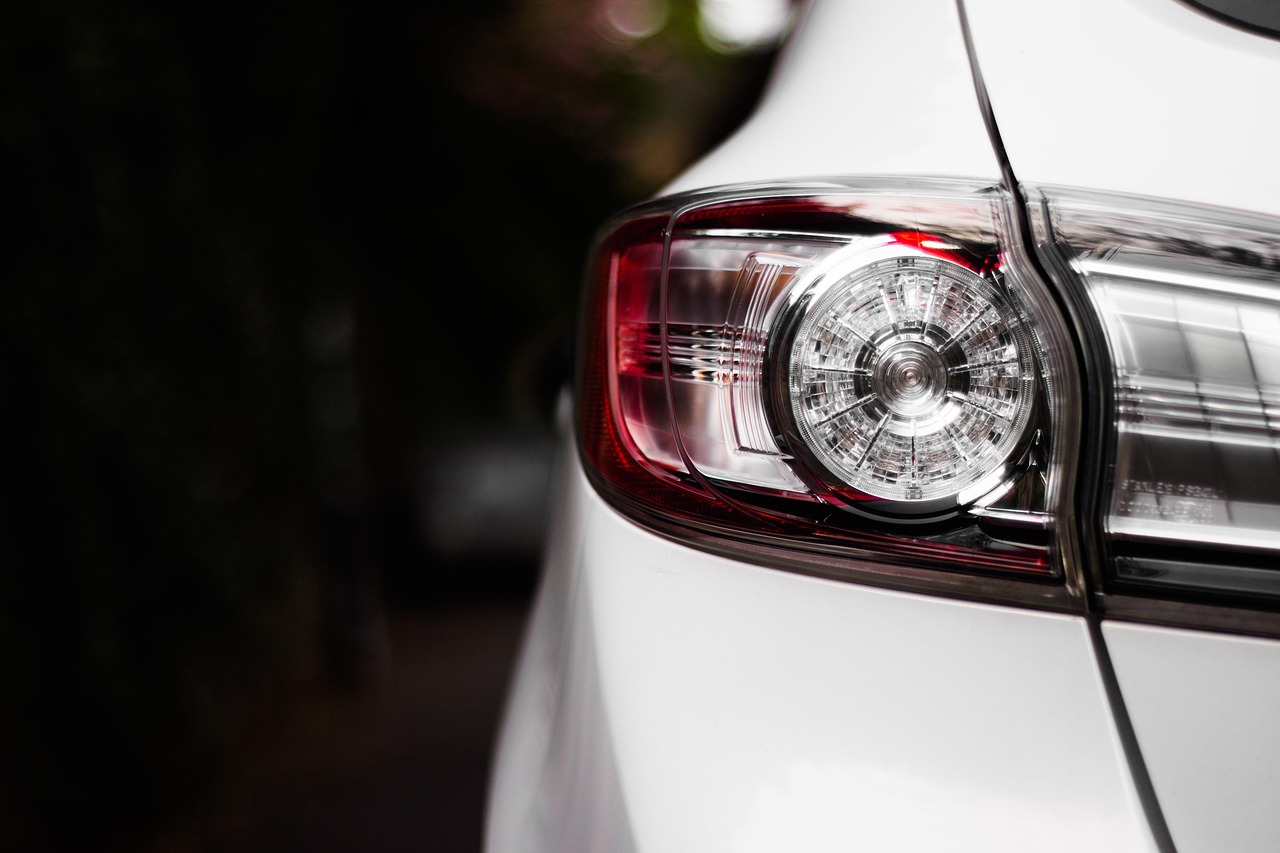Auto repair is a crucial aspect of vehicle maintenance, ensuring that cars remain in optimal condition for safety, performance, and longevity. However, whether a repair is done by a professional mechanic or a DIY enthusiast, mistakes can occur that lead to further damage, unnecessary expenses, or compromised vehicle safety. Understanding these common errors can help car owners and mechanics take the right precautions, ensuring a smooth and effective auto repair process.
Neglecting a Proper Diagnosis
One of the biggest mistakes in auto repair is failing to conduct a proper diagnosis before proceeding with fixes. Many car issues exhibit similar symptoms, leading to misdiagnosed problems. For example, a rough engine idle could be caused by a dirty air filter, faulty spark plugs, or a clogged fuel injector. If a mechanic or vehicle owner assumes the problem without testing and inspecting all potential causes, they may replace the wrong parts, wasting time and money while leaving the real issue unresolved. Using diagnostic tools such as OBD-II scanners and checking manufacturer repair manuals can help pinpoint the exact problem before repairs begin. A thorough assessment ensures that the correct repairs are performed, preventing repeated issues.
Using the Wrong Replacement Parts
Every vehicle has specific requirements when it comes to replacement parts, and using the wrong ones can result in significant problems. Some car owners or mechanics may opt for cheap aftermarket parts that do not meet the vehicle manufacturer’s specifications. While some aftermarket parts can be high quality, others may wear out faster, cause compatibility issues, or even damage other components. Whenever possible, using OEM (Original Equipment Manufacturer) parts ensures proper fit and function. If aftermarket parts are necessary, researching reputable brands and ensuring compatibility with the vehicle’s make and model can help prevent long-term damage.
Overtightening or Undertightening Components
Proper torque specifications are critical when installing bolts, nuts, and fasteners during an auto repair. Over-tightening can cause parts to crack, strip threads, or put excess stress on surrounding components while under-tightening can lead to leaks, part failures, or loose components. For example, over-tightening an oil drain plug can strip the oil pan threads, making future oil changes difficult and costly. Similarly, under-tightening a wheel lug nut could lead to wheel detachment while driving. Using a torque wrench and following manufacturer recommendations ensures that components are secured properly without causing damage.
Ignoring Fluid Levels and Quality
Fluids play a vital role in a vehicle’s operation, and neglecting them during an auto repair can lead to severe damage. Motor oil, coolant, transmission fluid, brake fluid, and power steering fluid must all be maintained at proper levels and replaced according to manufacturer guidelines. One common mistake is using the wrong type of fluid. For example, mixing different types of coolant can cause a chemical reaction that leads to sludge buildup and cooling system failure. Similarly, using the wrong type of transmission fluid can cause erratic shifting and long-term transmission damage. Checking the owner’s manual for the correct fluid specifications and ensuring proper levels can prevent costly repairs.
Skipping Brake System Inspections
The braking system is one of the most critical components of a vehicle, and failing to inspect it properly during an auto repair can compromise safety. Many drivers only replace brake pads when they hear squealing noises, but by that point, the rotors may already be damaged. Additionally, failing to check brake fluid levels, inspect calipers, or ensure proper pad installation can lead to brake failure. Regular brake inspections, including checking for uneven pad wear and ensuring rotors are not warped, help maintain safe braking performance. If brake components show excessive wear, replacing them promptly can prevent more expensive repairs down the line.
Avoiding common mistakes during an auto repair ensures that vehicles remain in top condition, preventing unnecessary expenses and safety risks. Conducting thorough diagnostics, using the right replacement parts, properly tightening components, and maintaining correct fluid levels are crucial steps in preventing future issues. Additionally, inspecting the brake system, replacing old gaskets, ensuring proper electrical connections, and conducting a test drive all contribute to a successful repair. By following these best practices, car owners and mechanics can improve vehicle performance, extend its lifespan, and enhance overall reliability.
.







